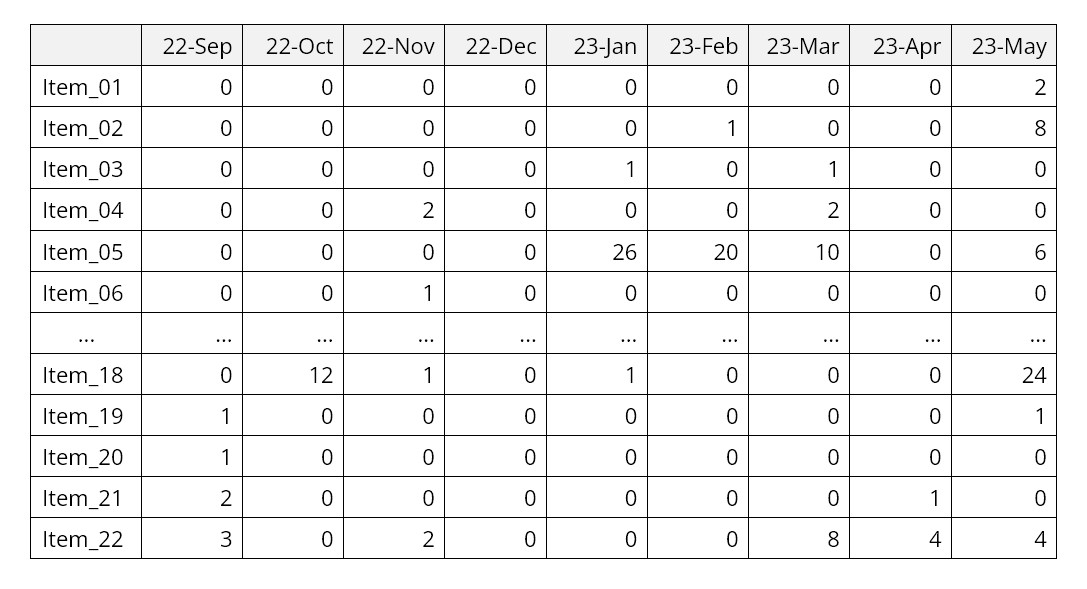Belmont, MA, – Smart Software, Inc., provider of industry-leading demand forecasting, planning, and inventory optimization solutions, today announced that its customer, Arizona Public Service (APS) will present at USMA 2023.
Joseph Neuheisel, Inventory & Logistics Manager at APS, will lead the session at USMA 2023. The presentation will focus on how APS implemented Smart Inventory Planning and Optimization (Smart IP&O) as part of the company’s strategic supply chain optimization initiative. Mr. Neuheisel will detail their prior process, implementation, challenges they faced, results, and lessons learned. Smart IP&O was implemented in just 90 days and now enables APS to optimize its reorder points and order quantities for over 250,000 spare parts helping to reduce inventory and maintain service levels.
The Utility Supply Management Alliance (USMA )
The USMA is a multi-national association of individuals serving the electric, gas, and water utilities. With deregulation and re-regulation of the Electric and Gas Utilities industries, the demands of the customer are also changing, making it necessary for the Electric and Gas Utilities to pay significant attention to cost and competition. The supply chain for material and equipment services has a significant impact on the cost of electricity and gas. Hence there are great opportunities to contribute to the bottom line through reduced cost as a result of improved reorganization and management of the supply chain process. The role of the USMA is to understand the sophisticated workings of the supply chain to provide its customers (utilities, suppliers, manufacturers, etc.) with skills and tools to realize profit opportunities in the supply chain. These skills and tools will be provided to the USMA customer through workshops at its annual conference.
About Smart Software, Inc.
Founded in 1981, Smart Software, Inc. is a leader in providing businesses with enterprise-wide demand forecasting, planning, and inventory optimization solutions. Smart Software’s demand forecasting and inventory optimization solutions have helped thousands of users worldwide, including customers such as Arizona Public Service, Ameren, and The American Red Cross. Smart’s Inventory Planning & Optimization Platform, Smart IP&O gives demand planners the tools to handle sales seasonality, promotions, new and aging products, multi-dimensional hierarchies, and intermittently demanded service parts and capital goods items. It also provides inventory managers with accurate estimates of the optimal inventory and safety stock required to meet future orders and achieve desired service levels. Smart Software is headquartered in Belmont, Massachusetts, and our website is www.smartcorp.com.
For more information, please contact Smart Software, Inc., Four Hill Road, Belmont, MA 02478.
Phone: 1-800-SMART-99 (800-762-7899); FAX: 1-617-489-2748; E-mail: info@smartcorp.com









